"If you see a snake, try to get away," is the advice from snake expert Arno Naude.
"If you are more than two body lengths away from the snake, walk around it. If you are closer than that, freeze and try to determine in which direction the snake is moving. Go in the opposite direction. If the snake is approaching, a quick exit is safer."
Read: Snakes and rats to head for suburbs, warn Cape fire experts
Naude pointed out that snake venom can kill you by causing the muscles to stop functioning, which causes paralysis and suffocation. “It can possibly cause the body to go into shock and the organs to shut down. It can also, in some cases, cause you to bleed uncontrollably, which will cause your death.”
Naude offered three tips for people involved in snake bites:
1) Do not wash or cut the wound or try to suck out the venom.
2) Do not use home remedies. No ice, heat packs or electrical shocks should be used. Alcohol and aspirin should be avoided.
3) Tying a tourniquet around the bitten limb is a recipe for disaster in most instances.
Naude gave Health24 a brief description of lethal and dangerous snakes that you should know about.
The Puff Adder is a short squat snake with rough scales and has a series of V markings pointing towards the tail. "They make a loud hiss when disturbed," said Naude. They occur through almost the entire South Africa. (Image supplied by Arno Naude)

The Gaboon Adder only occurs in a tiny portion of Zululand. It has a leaf like pattern on the back and is well camouflaged. It does not bite readily, but when it does this is a medical emergency, warns Naude. (Image supplied by Arno Naude)
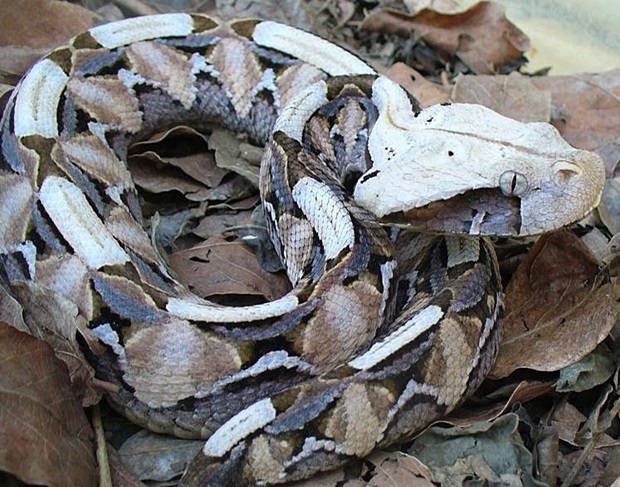
The Mozambique Spitting Cobra is a grayish black colour with a nut coloured head and pink or salmon underneath. Naude said they can "spit" from a prone position too. (Image supplied by Arno Naude)
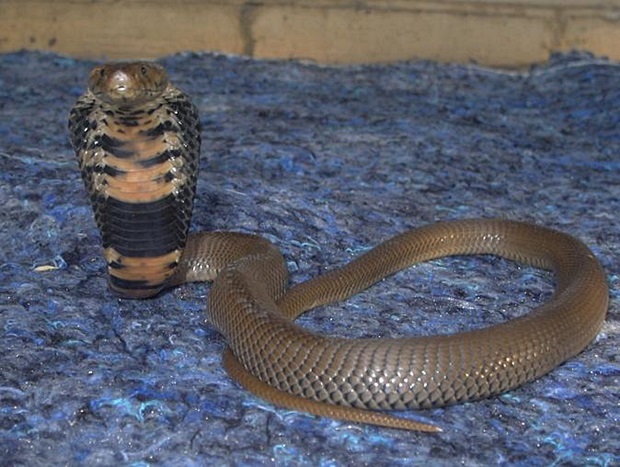
The Cape Cobra is a very shiny snake and can be brown to yellow or even orange and often speckled. The babies have a black band on the throat. "The venom is very potent and a bite should not be taken lightly," cautioned Naude. (Image supplied by Arno Naude)
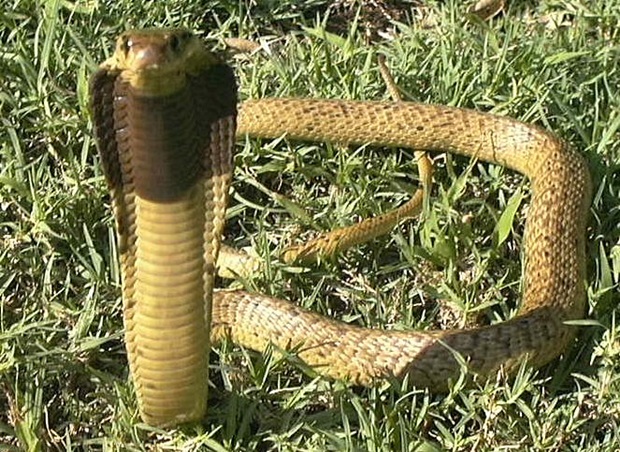
An orange Cape Cobra. (Image supplied by Arno Naude)

The Snouted Cobra is a dull snake, usually brown or black above with a mottled yellowish belly and sometimes even has bands across the body. Naude said it can grow up to almost three metres in length. (Image supplied by Arno Naude)
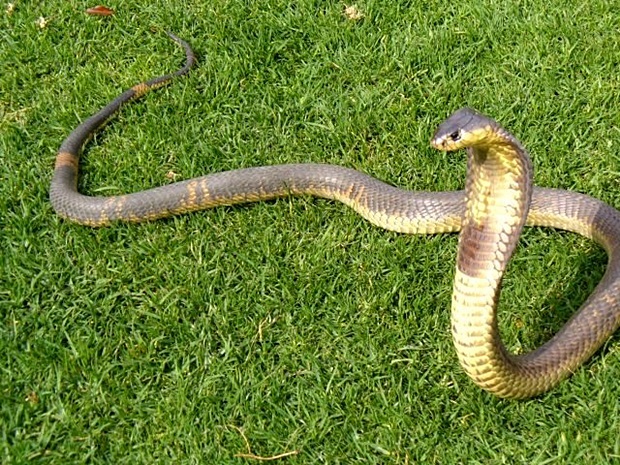
A Snouted Cobra with bands. (Image supplied by Arno Naude)
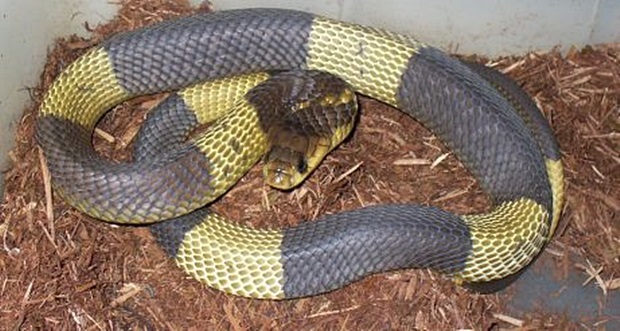
The Forest Cobra has a lighter cream head which becomes dark brown down the body to a black tail. Isolated to KZN coastal forest areas, it is possibly our largest cobra, said Naude. (Image: Warren Klein/Wikipedia)

Rinkhals are usually a dull charcoal black, but some specimens can have yellow or even orange bands across the body. It will play dead but will bite when you pick it up, warned Naude. It needs to rear up to spit venom. Bites are usually not that serious but still require medical attention. (Image supplied by Arno Naude)

Woods Black Spitting Cobra from the drier areas of South Africa is shiny black above and below and can spray venom in massive amounts. "The venom is very toxic and medical help should be sought rapidly," said Naude. (Image supplied by Arno Naude)
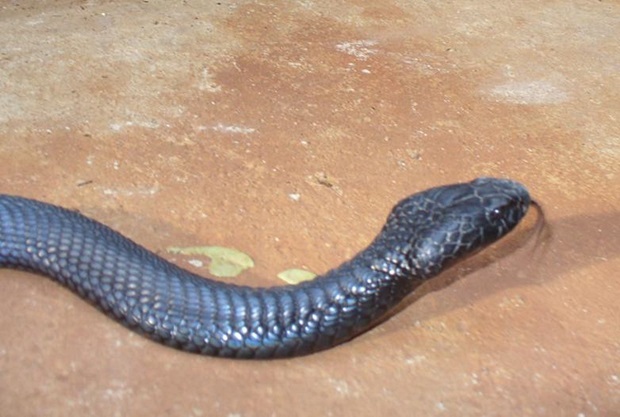
Black Mambas are grey to olive and some even have slight bands on the body. "It is the largest venomous snake in South Africa and can reach four metres long," said Naude. The inside of the mouth is black and the venom is extremely potent. Any encounters must be considered to be potentially dangerous. (Image supplied by Arno Naude)
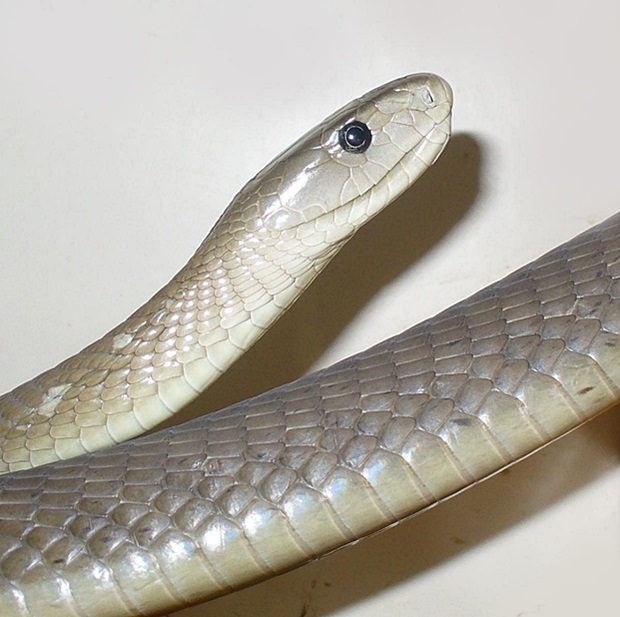
Green Mambas are green above and below and have a coffin shaped head. Naude said they are shy and avoid human contact if at all possible. They occur within 10 km of the sea along the KZN coast. (Image supplied by Arno Naude)

A Boomslang can be green or brown but in some areas the males are black and yellow. It has rough scales above and has massive eyes. The babies are grey on top, white underneath and have huge emerald green eyes. (Image supplied by Arno Naude)

Vine Snakes look exactly like a vine or a piece of twig. They will only bite if you try to catch or kill them. The venom is potent and this snake should not be handled as there is no anti-venom for the bite, warned Naude. (Image supplied by Arno Naude)
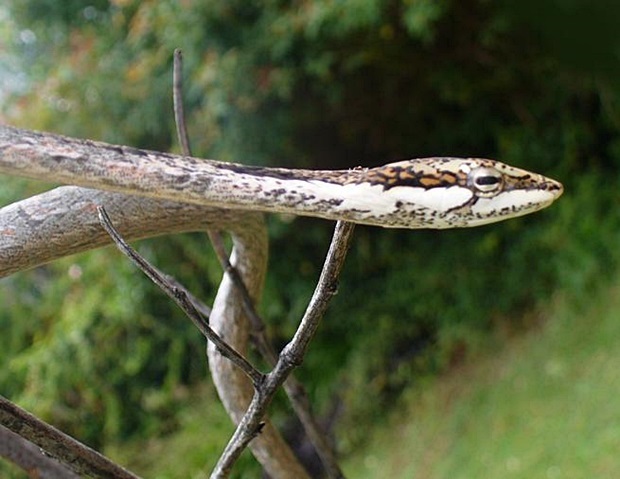
Also read:
Snake bites – What you should do




 Publications
Publications
 Partners
Partners











